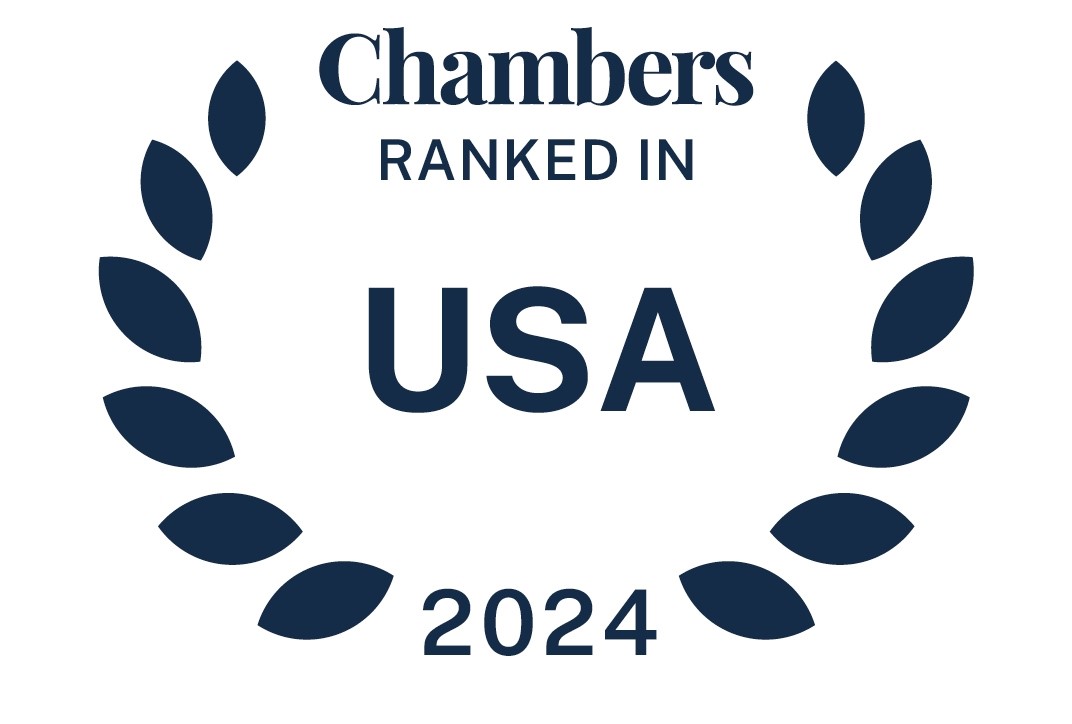There are many different types of mergers and acquisitions (M&A) transactions, making it very important to understand the overall deal structure and process. Andrew C. Liazos presented “Mergers and Acquisitions Webinar Series Part 2: The Due Diligence Process” for the CLE Program as part of the ABA Joint Committee on Employee Benefits and the American College of Employee Benefits Counsel. He discussed the overall architecture of a deal, including the parties involved, what drives the deal structure, where to get data, price negotiations and more. The presentation focused on specific M&A areas including pension, other retirement and executive benefits.
read more


 Subscribe
Subscribe




